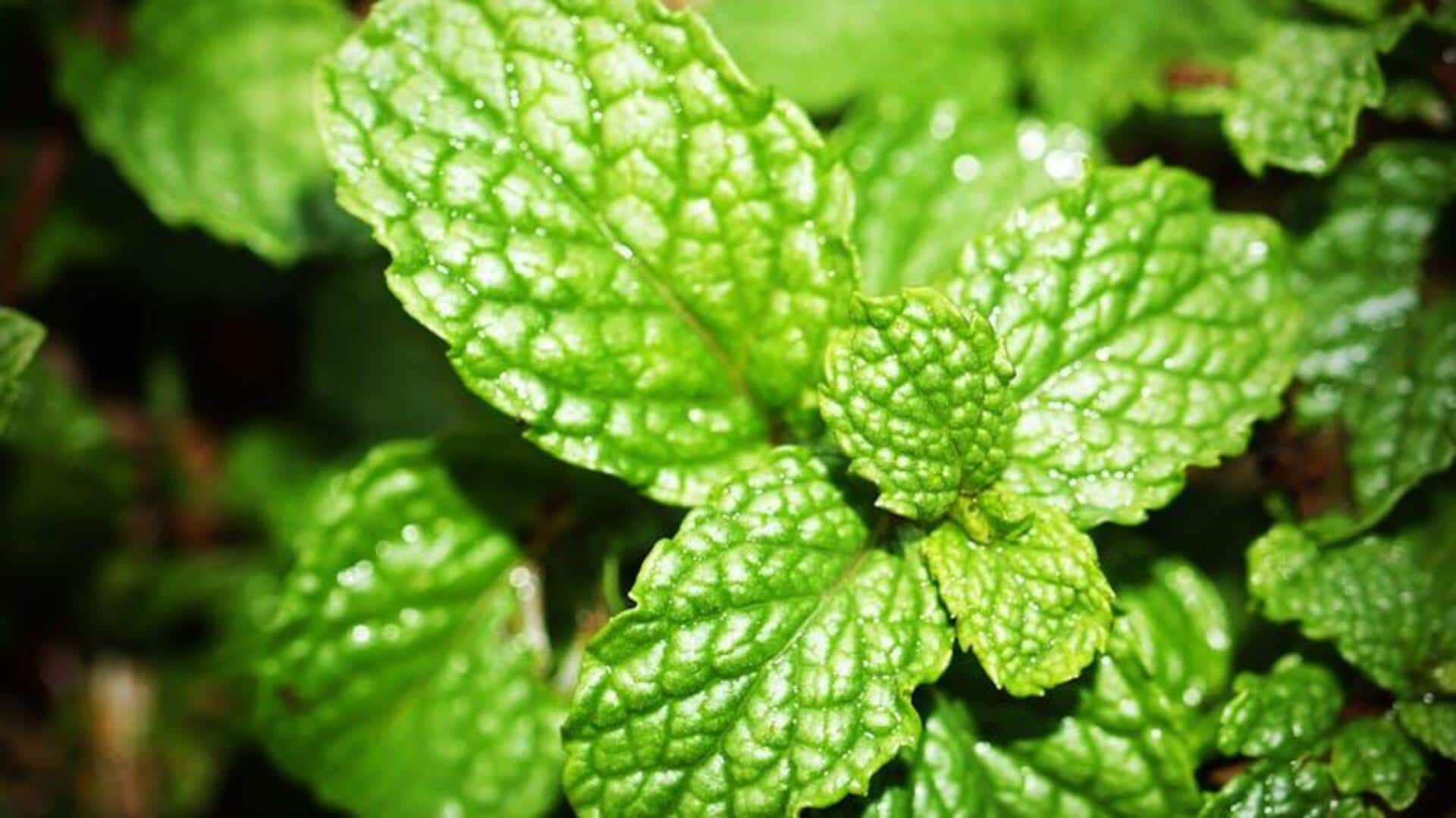
Grow peppermint at home in 4 simple steps!
What's the story
Growing peppermint in hanging planters is an easy way to enjoy this fragrant herb at home. Peppermint, with its refreshing aroma and taste, can be a great addition to your garden or indoor space. By using hanging planters, you can save space and create a unique display of greenery. Here are some practical tips to help you grow peppermint successfully in hanging planters.
Tip 1
Choosing the right planter
Selecting the right planter is essential for growing peppermint. Choose a container with good drainage holes to avoid waterlogging, which can damage the roots. The size of the planter should be at least 12 inches in diameter to give enough space for the plant's root system. Hanging planters made of lightweight materials like plastic or fabric are ideal, as they are easy to lift and manage.
Tip 2
Soil and planting essentials
Peppermint thrives in well-draining soil rich in organic matter. A potting mix with added compost works wonders. When planting, make sure to sow seeds or cuttings at a depth of about half an inch. Water the soil lightly to keep it moist but not soggy until the plants establish themselves.
Tip 3
Light and temperature requirements
Peppermint needs bright, indirect sunlight to grow well. Place your hanging planter where it can receive filtered sunlight for most of the day. If you're growing it indoors, a south-facing window would be perfect. Peppermint prefers cooler temperatures between 65 degrees Fahrenheit and 70 degrees Fahrenheit, so avoid placing it near heat sources that may cause it to wilt.
Tip 4
Watering and maintenance tips
Regular watering is key to keeping peppermint healthy, but overwatering should be avoided at all costs. Water when the top inch of soil feels dry to touch, ensuring excess water drains out completely from the planter's base. Prune regularly by trimming back any leggy growth or dead leaves to encourage bushier growth and prevent overcrowding within the planter.